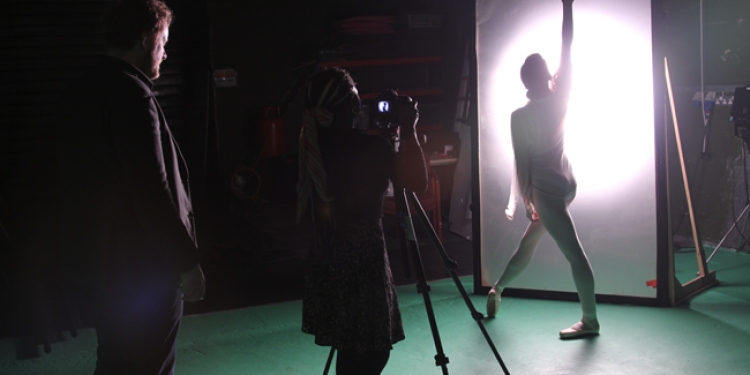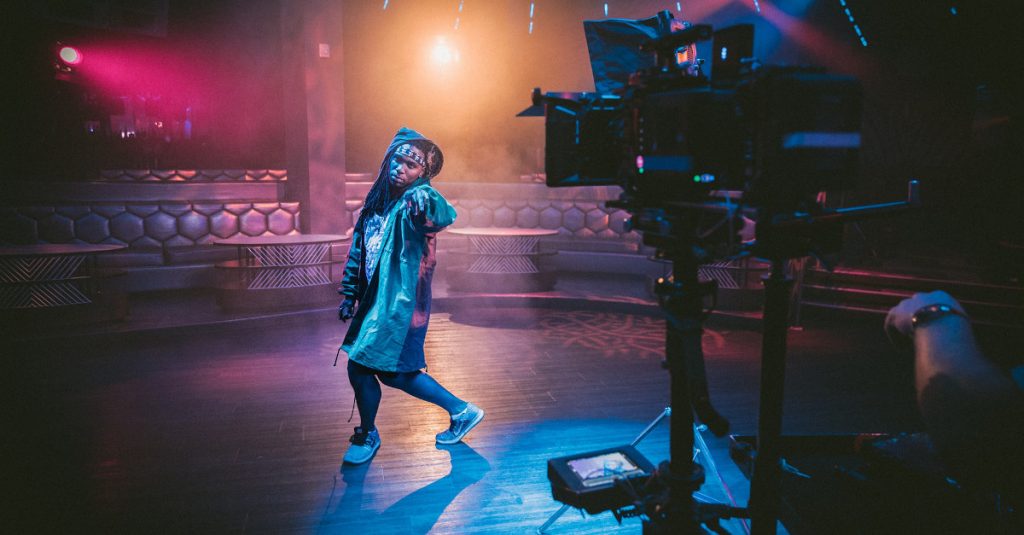In the realm of music, artists have long sought to not only captivate listeners with their melodies but also engage them visually through the medium of music videos. From the early days of MTV to the era of YouTube and streaming platforms, music videos have evolved into a significant art form, offering a unique canvas for visual storytelling in the digital age.
Evolution of Music Videos
The concept of pairing visual imagery with music dates back centuries, but it wasn’t until the advent of television that music videos truly began to take shape. In the 1980s, the launch of MTV revolutionized the music industry by providing a platform dedicated solely to airing music videos. Suddenly, artists had a new way to reach audiences and express their creativity beyond the confines of the recording studio.

As technology advanced and the internet became increasingly accessible, the landscape of music videos underwent further transformation. Platforms like YouTube democratized the creation and distribution of music videos, allowing independent artists to showcase their work alongside major labels. This shift not only diversified the content available to viewers but also opened doors for innovative approaches to visual storytelling.
The Artistry of Music Videos
At its core, a music video is more than just a promotional tool—it’s a form of artistic expression that complements and enhances the music it accompanies. Through carefully crafted visuals, filmmakers and artists have the power to evoke emotions, convey narratives, and create immersive worlds that resonate with audiences on a profound level.
One aspect that sets music videos apart from other forms of visual media is their ability to enhance the listener’s interpretation of the music. A well-executed music video can provide context, symbolism, and visual metaphors that enrich the auditory experience, offering new layers of meaning for the viewer to explore. Whether through abstract imagery or narrative storytelling, music videos have the potential to deepen our connection to the music and the artist behind it.
Visual Storytelling Techniques
In the digital age, artists have an array of tools and techniques at their disposal to bring their creative visions to life. From elaborate cinematography to cutting-edge visual effects, the possibilities for crafting visually stunning music videos are virtually limitless. However, it’s not just technical prowess that makes a music video memorable—it’s the artistry and storytelling behind it.
One common technique used in music videos is the juxtaposition of imagery with lyrics to create contrast and provoke thought. This can involve pairing upbeat music with melancholy visuals or vice versa, creating a sense of tension that keeps viewers engaged. Similarly, symbolism and metaphor are often employed to convey deeper themes and messages, inviting viewers to interpret the imagery in their own unique way.
Another effective storytelling technique is the use of narrative arcs and character development within the confines of a music video. By crafting compelling storylines and memorable characters, filmmakers can draw viewers into a world of their own creation, blurring the lines between reality and fantasy. This immersive approach not only enhances the viewing experience but also leaves a lasting impression on the audience.
Impact and Influence
Music videos have the power to shape popular culture, spark conversations, and even drive social change. From iconic moments that define an era to viral sensations that capture the zeitgeist, certain music videos have transcended their medium to become cultural touchstones. Whether it’s Michael Jackson’s groundbreaking “Thriller” or Beyoncé’s visually stunning “Formation,” these videos have left an indelible mark on both the music industry and society as a whole.

Moreover, music videos have become an integral part of the marketing and promotional strategies for artists across genres. In an era where attention spans are increasingly fragmented, a visually compelling music video can help an artist stand out in a crowded digital landscape. With the rise of social media and streaming platforms, music videos have become more accessible than ever, reaching audiences around the world with just a click of a button.
As we continue to navigate the ever-changing landscape of the music industry, one thing remains clear: the artistry of music videos is alive and thriving in the digital age. From humble beginnings on MTV to the global phenomenon of YouTube, music videos have evolved into a powerful medium for visual storytelling and artistic expression. As technology continues to advance and creative boundaries are pushed, we can only imagine what the future holds for this dynamic and innovative art form.
For those interested in exploring more about the intersection of music and visual storytelling, Roothog Music (https://roothogmusic.com/) offers a curated selection of music videos from independent artists and established performers alike. Discover new sounds, immerse yourself in captivating visuals, and experience the artistry of music videos in a whole new way.
